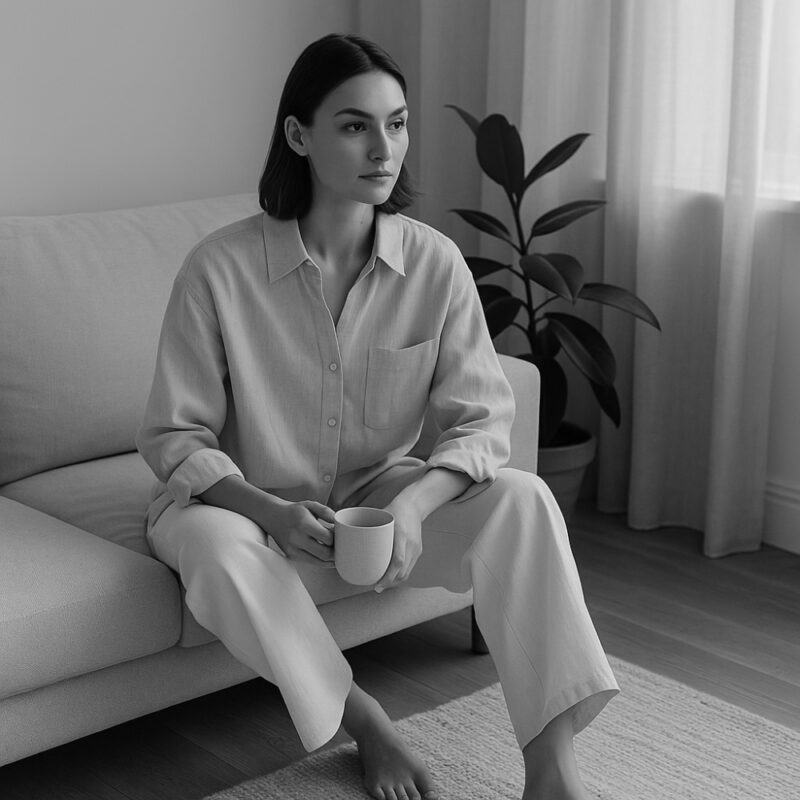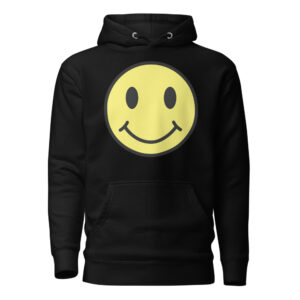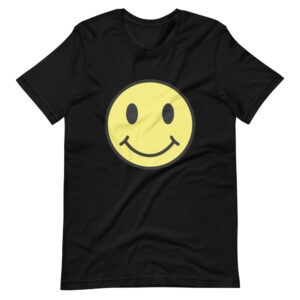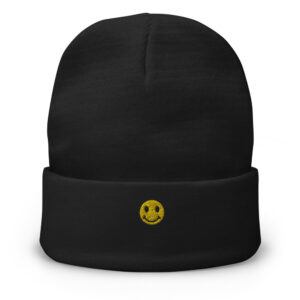Why Comfort Is Redefining What Style Looks Like
Fashion used to be about endurance. Tight silhouettes, rigid fabrics, and sky-high heels were worn in the name of style — even when they worked against the body. But those days are fading. In a world where priorities are shifting, comfort fashion is not only accepted — it’s admired.
Comfort fashion is no longer reserved for Sundays at home. It’s a conscious choice that blends ease with aesthetic value, proving that dressing well doesn’t require discomfort. The rise of this movement marks a cultural shift where clothes are chosen for how they feel, not just how they look.
The Evolution of Everyday Style
Gone are the days when comfort meant compromise. Today’s wardrobes are built around flexibility — wide-leg pants with tailored seams, soft knits that maintain shape, sneakers that work with blazers. Designers are embracing stretch, breathability, and texture, creating pieces that are both wearable and sophisticated.
Comfort fashion reflects how we actually live: sitting, commuting, walking, stretching, and multitasking. It prioritizes materials that move with the body — cotton jersey, bamboo blends, fluid linen — and shapes that give rather than restrict. The result? A style language that says calm, not chaos.
When Feeling Good Becomes the Statement
There’s a visible difference in how people carry themselves when their clothing supports them. Confidence isn’t always loud — sometimes it’s the quiet self-assurance of someone whose outfit works with their life, not against it. Comfort fashion enables that.
The emotional impact is subtle but powerful. You notice it in someone who’s not adjusting their hemline or worrying about posture. Instead, they’re present. They’re comfortable. And that ease becomes part of their personal aesthetic.
The Modern Uniform of Intentional Dressing
Comfort fashion doesn’t mean falling into a rut of leggings and oversized tees. It’s a curated approach — one that values fit and function equally. Matching knit sets, boxy cotton shirts, and neutral-toned trousers are becoming the new everyday uniform.
Many are building capsule wardrobes that center around fewer, better pieces. There’s a growing preference for clothes that transition between settings: home, work, errands, and evenings out. This intentionality means less impulse shopping, more wardrobe longevity, and greater personal satisfaction.
The Wellness Connection in What We Wear
Comfort fashion overlaps with mental and physical wellness. Clothing can regulate temperature, reduce stress, and even support better movement. Choosing garments that breathe and stretch isn’t just about aesthetics — it’s about creating a healthier relationship with your body.
This is especially relevant in post-pandemic culture, where hybrid routines have blurred lines between homewear and officewear. The demand for clothing that adapts to multiple environments without compromising comfort has become permanent.
A Shift That’s Here to Stay
What began as a temporary trend has become a lasting preference. Brands are investing heavily in comfort-first collections — not as a side note, but as core identity. Consumers are no longer impressed by fashion that punishes them. They want softness, ease, and authenticity.
This is especially evident in streetwear, where oversized cuts and utilitarian fabrics now define the look. Even high fashion has taken cues, reimagining classic tailoring in fabrics that stretch and breathe. Comfort fashion is not a retreat — it’s a refinement.
Dressing Like You Mean It
Choosing comfort doesn’t mean sacrificing meaning. It means elevating the everyday — making sure your clothes reflect your needs, values, and identity. Fashion that centers comfort invites more presence, more energy, and more freedom. That’s not a trend. That’s evolution.
Clothing that lets you show up fully — without the pinch, pull, or pressure — is a quiet luxury. And in today’s world, that might be the most stylish statement of all.






